
HOMES FOR UNCERTAIN TIMES: NEW YORK CITY FUTURES
Research and future thinking methodologies outline scenarios for New York City in 2035. Climate change and environmental disasters pose major threats to the wellbeing of New Yorkers. This project aims to understand the current situation and future possibilities in order to design ways to help people live healthier lives in uncertain times.
No one can predict the future. In fact, an ironic way to make sure that something will not happen is to predict it (a takeaway from one of my favorite books, Antifragile, by Nassim Nicholas Taleb). But as designers, we have a responsibility to actively participate in the creation of desirable futures for the planet and humanity. This project focused specifically on how the current projected models of climate change could affect New York City. Our team researched future forecasts, city plans, interviewed change-makers, studied futurism in the media, and researched case studies to ultimately write scenarios explaining what life could look like in the future.
ROLE
Designer
I worked in a team of 6 international design students
OUTCOME
The final research book was a submission for a class called Product Design and Innovation in the Product Service System Design Masters program at Politecnico di Milano.
PROJECT TYPE
Futurism Design Research Speculative Design
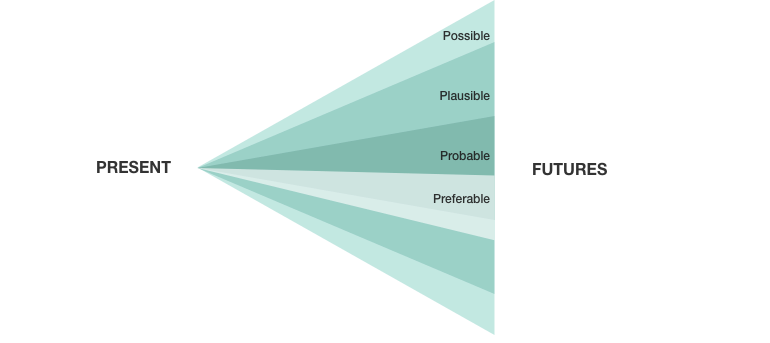
CONTEXTUALIZING POSSIBLE FUTURES
The process for this project began with understanding the context of the possible futures that we could create. To help make this idea more concrete, we referred to the 4 P’s model [Fig 1]. We aimed to create preferable futures, but with the goal of understanding NYC in 2035, we knew that somethings (i.e. technology) had the potential to change more than others (i.e. infrastructure) in that relatively short time.
For this project we used the single point at the start of the diagram to represent the present state of a culture, specifically American culture in New York. It encompasses a range of values and belief systems and considers them as a single entity. Through this may be unrealistically simplified, it allows us to consider how this culture could be influenced into a range of futures on the end of the diagram.
With this foundation, we proceeded to desktop research to understand how experts were predicting and planning for the future of NYC.
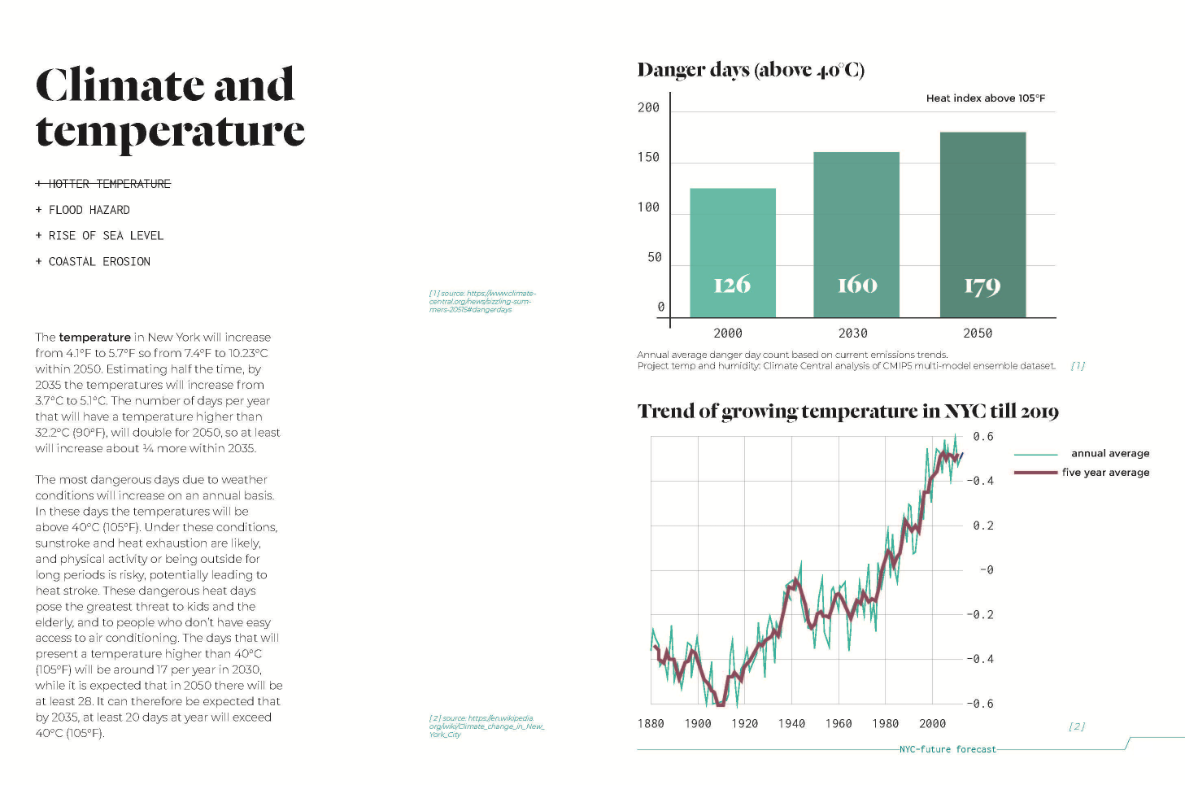
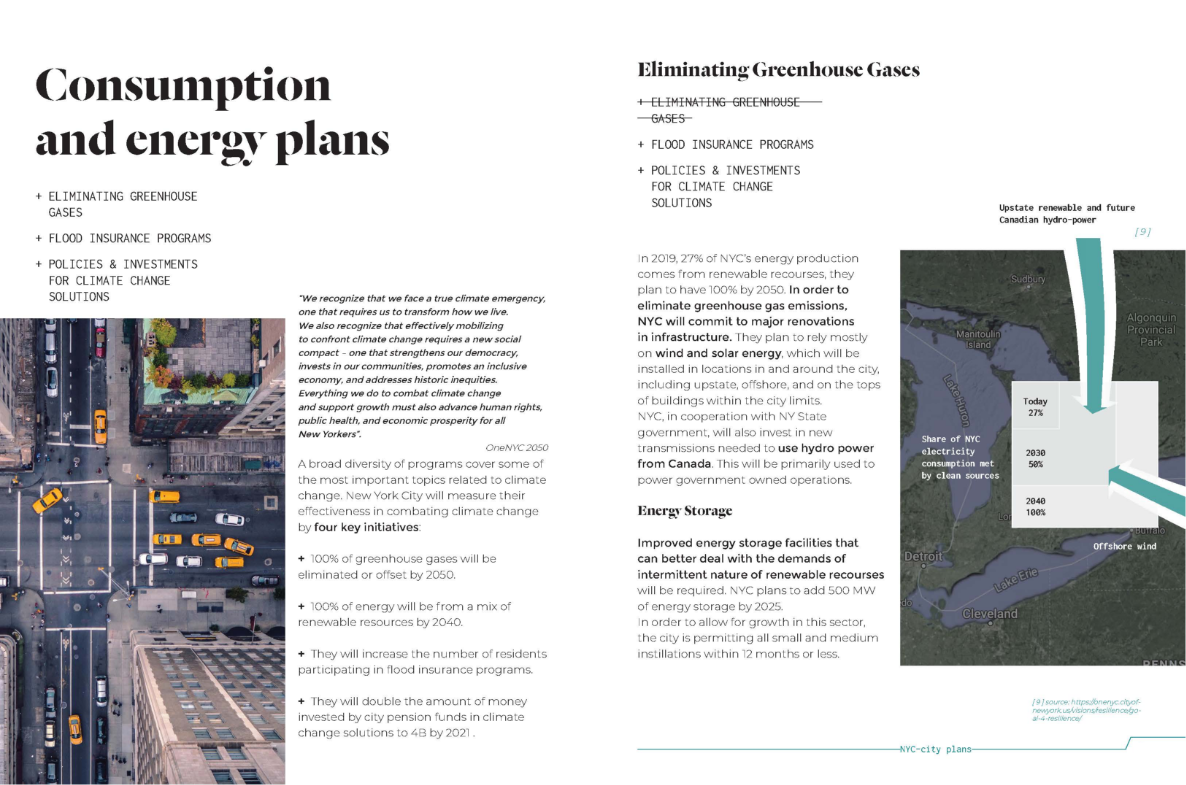
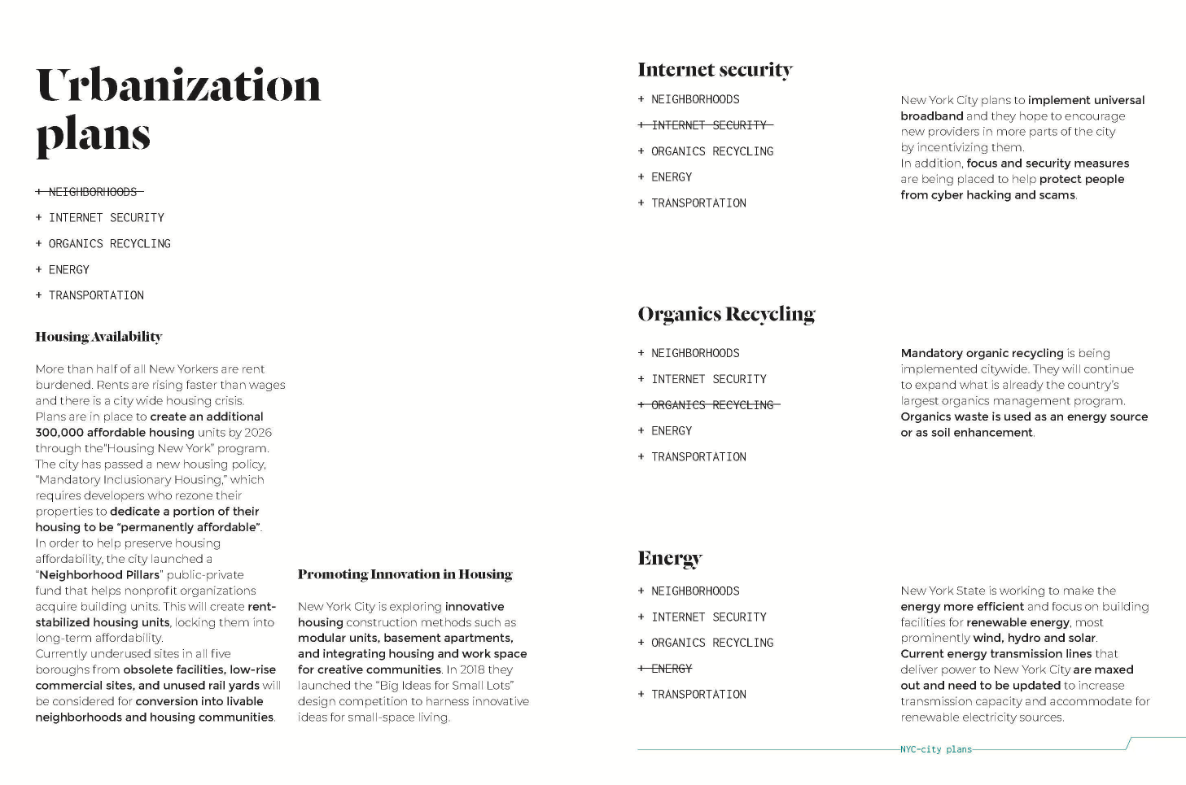

CHANGE-MAKER INTERVIEWS
Next, we set off in search of the humans who could tell us more about the future from a “boots-on-the-ground” perspective around the world. We weren’t looking for expert futurists, but rather individuals who had been either forced into extreme situations or purposefully chose alternative lifestyles affected by the themes that we were learning about. We were looking for the individuals who were paving the way into the future, the first thought-leaders who were already working through the problems that the majority of the population had yet to encounter in their own lives.
Read the full interviews and see the entirety of the research here.
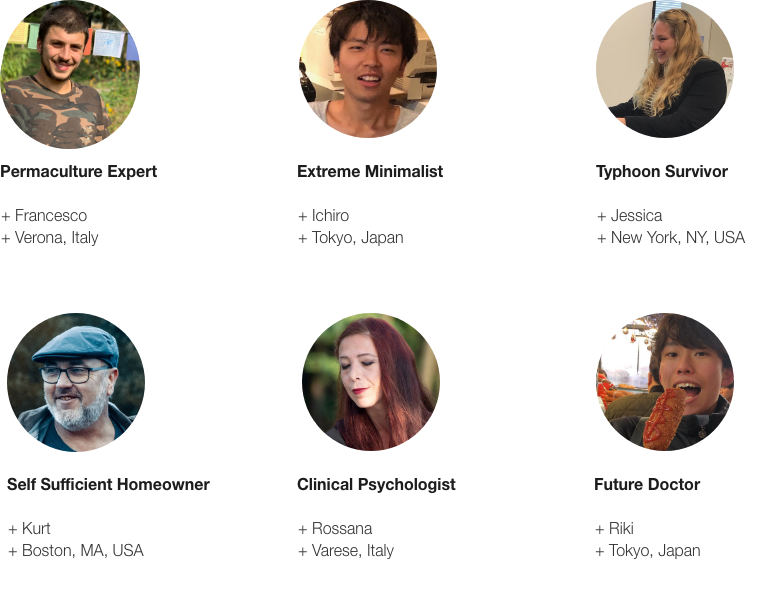
THEMES
From all of the research we took away 4 themes that are having a major impact on the future of New York City. These themes were used as the foundation for our scenarios.
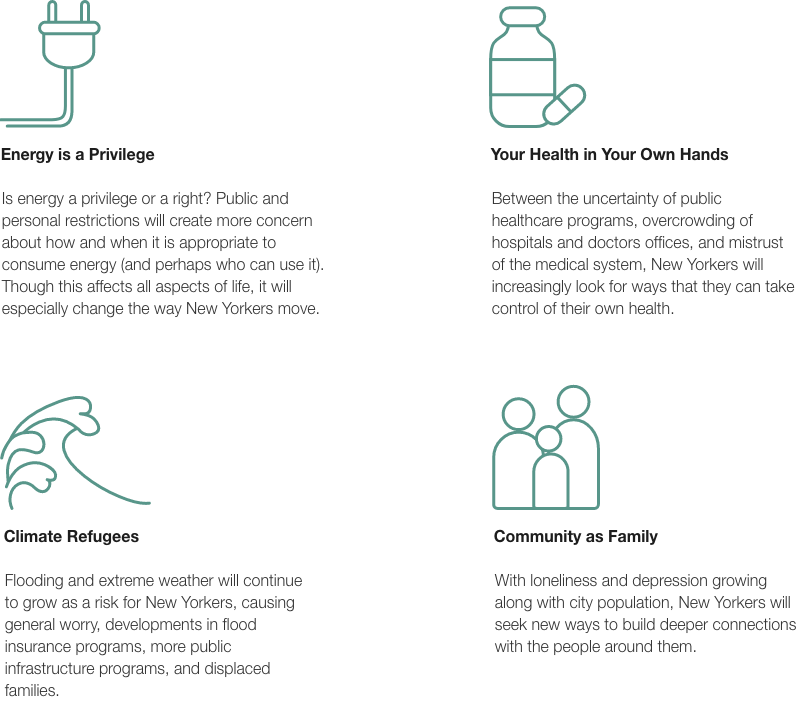

NATURALIST NEW YORK
The culmination of the research led to multiple scenarios which serve as the foundation of a possible future within which we can design. Naturalist New York, the scenario told below, highlights an independent and resilient American spirit in an environment heavily shaped by the themes listed above.
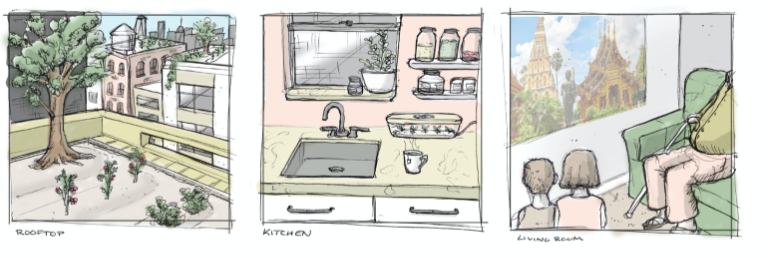
SCENARIO
Marci is an older woman who lives in The Bronx, New York City. She is tending the community garden on the rooftop of her building. The garden is separated into 3 sections: food, medicinal herbs, and a play area for the children. She looks over the other rooftops and sees a sea of white, solar panels, and gardens of various plants. The sun is setting in the background. It’s a pleasant sight; one can’t suspect the gentle unrest and persistent inequality on the streets below.
She takes a small garden hose and waters a young fennel plant. Every week she has to take a turn tending to the garden, but she quite likes it, so she often finds herself spending more than her allotted time there. She collects some herbs to help with her lung cancer and walks back down to her tiny apartment. She steeps the herbs in hot water to make tea for her and her partner. Many years of a bustling freelance life, loved ones lost to natural disasters, and the constant fear and preparation to accommodate for changing climate have taken a toll on her health.
The hospitals are overflowing with elderly. Health insurance is incredibly expensive and it doesn’t cover the most common conditions. Most people prefer to pay the fine, forgo insurance, and self medicate. Local specialists in natural health and herbs have begun to replace doctors. There are lots of services that provide personalized vitamin mixtures based on DNA, and Marci uses one of them daily. She believes that nutrition is the foundation of health.
The average life expectancy has dropped a bit, but the population has generally made peace with death. End of life celebrations are a major growing business sector. Marci is planning for hers to be on the rooftop and she discusses plans with her partner often.
Just as the tea is ready, she hears a knock on the door and sees two young children from down the hall. They call her “grandma” even though they haven’t known each other for long. She lets them in, greets them with a warm hug, and brings them some of her healthy homemade granola bars. They’re new to the Displaced Community Bronx. They lost their home on Staten Island in a storm surge two years ago.
The children sit on the floor of the tiny apartment while Marci tells them stories of her youth. They love to hear about the extensive travels that she took before the air travel tax. Marci’s partner turns on the projector and tells it to show photos of some far-off places.
A bit later in the evening, all of the lights, the projector, and the air conditioning turn off. In a few hours, they know the cell signals will go down as well. As part of city-wide conservation initiatives all unnecessary energy is prohibited in the late-night hours. The children go home and Marci and her partner push the couch out of the way and pull down the bed.
PERSONAL LEARNINGS
This project caused external discussion and internal retrospection as to what “preferable” future means. Our international team had different opinions and interpretations of the research. I came to understand that an ideal future is different for individuals from different cultures and at different phases in their lives.
Through this project I learned that creating scenarios isn’t about predicting what the future will be, but rather articulating a possible future in a way that ignites ideas and discussion. When we are all thinking about the future together we have a better chance of creating something that works for us all.